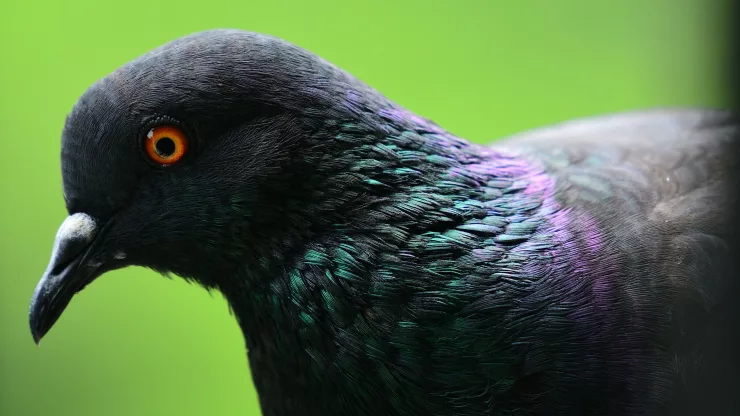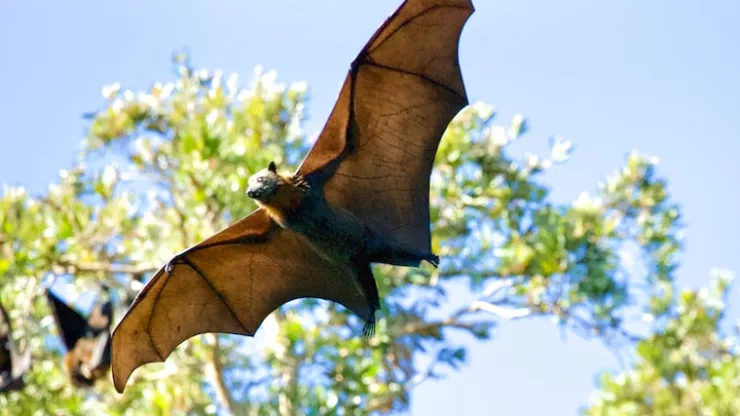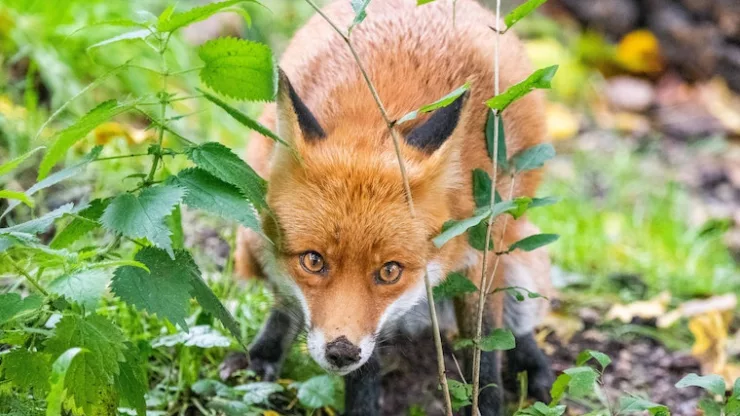As urbanization continues to expand, wildlife habitats are being encroached upon, causing more and more human-wildlife conflicts.
Often, the solution is assumed to be the removal of the wildlife.
However, this is not always the best option, as it disrupts the balance of the ecosystem and can lead to unintended consequences.
Coexisting with wildlife is not only vital for the survival of various species but also beneficial for humans.
In this article, we will explore the importance of coexistence, ways to create a wildlife-friendly environment, and ethical solutions for dealing with nuisance wildlife.
Jump to Section
Understanding the Importance of Coexistence
Wildlife is an essential part of the ecosystem and plays a crucial role in maintaining its balance.
They help pollinate plants, disperse seeds, and control insect populations.
Besides, they also contribute to the cultural and educational value of our environment. Coexisting with wildlife means sharing the environment and respecting their territory.
It may require changes in daily activities and routines, but it is a small sacrifice to make for the greater good.
The Benefits of Sharing the Environment
Coexisting with wildlife has numerous benefits for both humans and the environment. Some of these benefits include:
- Biodiversity: Wildlife increases the diversity of the flora and fauna in the environment.
- Aesthetics: Wildlife adds to the beauty of the environment.
- Ecotourism: Wildlife attracts tourists, which can help support local economies.
- Education: Studying wildlife provides opportunities for educational and scientific research.
- Reducing Pests: Wildlife helps control pests, which reduces the need for chemical pesticides.
Knowing Your Local Wildlife
One of the first steps in coexisting with wildlife is to learn about the species that inhabit your area. Understanding their habits, needs, and behaviors can help you make informed decisions about your interactions with them.
You can learn about your local wildlife by:
- Consulting with local wildlife agencies or conservation groups.
- Observing wildlife in their natural habitats.
- Researching online or in literature about the species that exist in your area.
Wildlife Removal vs. Coexistence
Wildlife removal should only be considered as a last resort. It is costly, disruptive, and can be harmful to the environment.
It can also lead to the removal of the wrong species, which can have unintended consequences. Instead, coexisting with wildlife should be the preferred method.
This can be done by:
- Learning about the species and their needs.
- Creating a wildlife-friendly environment.
- Avoiding attractants that may lead to increased interactions with wildlife.
Simple Ways to Coexist with Wildlife
There are several simple ways to coexist with wildlife that can be easily incorporated into everyday life. These include:
- Keeping trash cans securely closed to prevent animals from accessing food.
- Keeping pet food and water dishes inside.
- Using bird feeders that are designed to keep squirrels and other wildlife out.
- Removing any fruit that has fallen from trees to avoid attracting animals.
- Using motion-activated lights to deter nocturnal animals from approaching your property.
Creating a Wildlife-Friendly Environment
Creating a wildlife-friendly environment is another way to coexist with wildlife. This can be done by:
- Planting native plants that provide food and shelter for wildlife.
- Providing a source of water, such as a birdbath or small pond.
- Providing nesting boxes for birds and other animals.
- Using compost instead of chemical fertilizers.
- Installing a bat house to attract bats, which can help control insect populations.
Example of Native Plants for Attracting Wildlife
| Plant Name | Wildlife Attracted |
|---|---|
| Milkweed | Butterflies, moths |
| Sunflower | Birds, bees |
| Willow | Birds, mammals |
| Coneflower | Bees, butterflies |
| Black-eyed Susan | Birds, bees |
Avoiding Attractants: A Coexistence Strategy
Attractants are factors that draw wildlife to urban areas, leading to increased interactions with humans. Minimizing or eliminating these attractants can help reduce these interactions.
Some examples of attractants include:
- Garbage cans left unsecured.
- Pet food left outside.
- Bird feeders that are not designed to keep wildlife out.
- Fruit trees that have not had their fruit removed.
- Standing water, such as in birdbaths or small ponds.
Dealing with Nuisance Wildlife: Ethical Solutions
When wildlife becomes a nuisance, it is important to handle the situation ethically. This means avoiding lethal methods of control and instead opting for non-lethal methods.
Some ethical solutions include:
- Using fencing to keep animals out of specific areas.
- Providing alternative habitats or food sources to distract animals from unwanted areas.
- Using repellents or scare tactics to deter animals from certain areas.
- Modifying the environment to reduce attractants.
Embracing Coexistence: A Sustainable Future
Coexisting with wildlife is not only necessary for the survival of various species but also essential for the sustainability of our environment.
By making small changes to our daily habits and routines, we can create a more harmonious relationship with wildlife.
It is time to embrace coexistence and work towards a sustainable future for all.
Coexisting with wildlife is not only vital for the survival of various species but also beneficial for humans.
By understanding the importance of coexistence, knowing our local wildlife, and creating a wildlife-friendly environment, we can reduce human-wildlife conflicts.
Avoiding attractants and dealing with nuisance wildlife ethically can also help minimize interactions with wildlife. Let us embrace coexistence and work towards a sustainable future for all.
I’m a nature enthusiast and creator of Metro Wilds and have spent years exploring the great outdoors.
With a passion for environmental conservation and sustainability, I have dedicated my career to writing about the beauty and wonders of nature, as well as the threats facing our planet.
Contact me at [email protected] for assistance.





